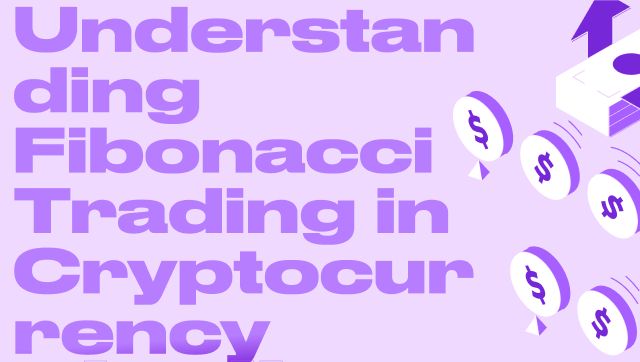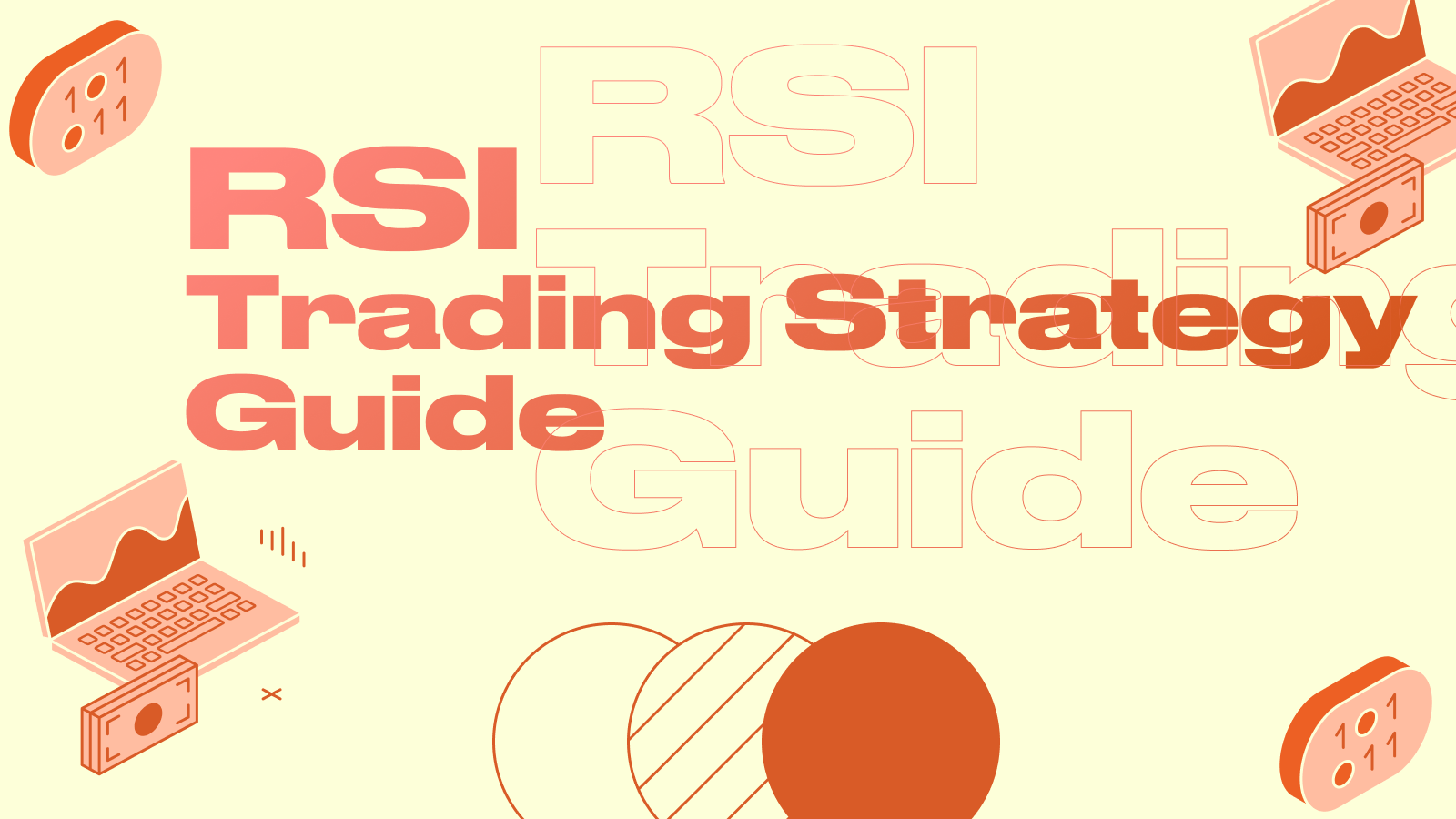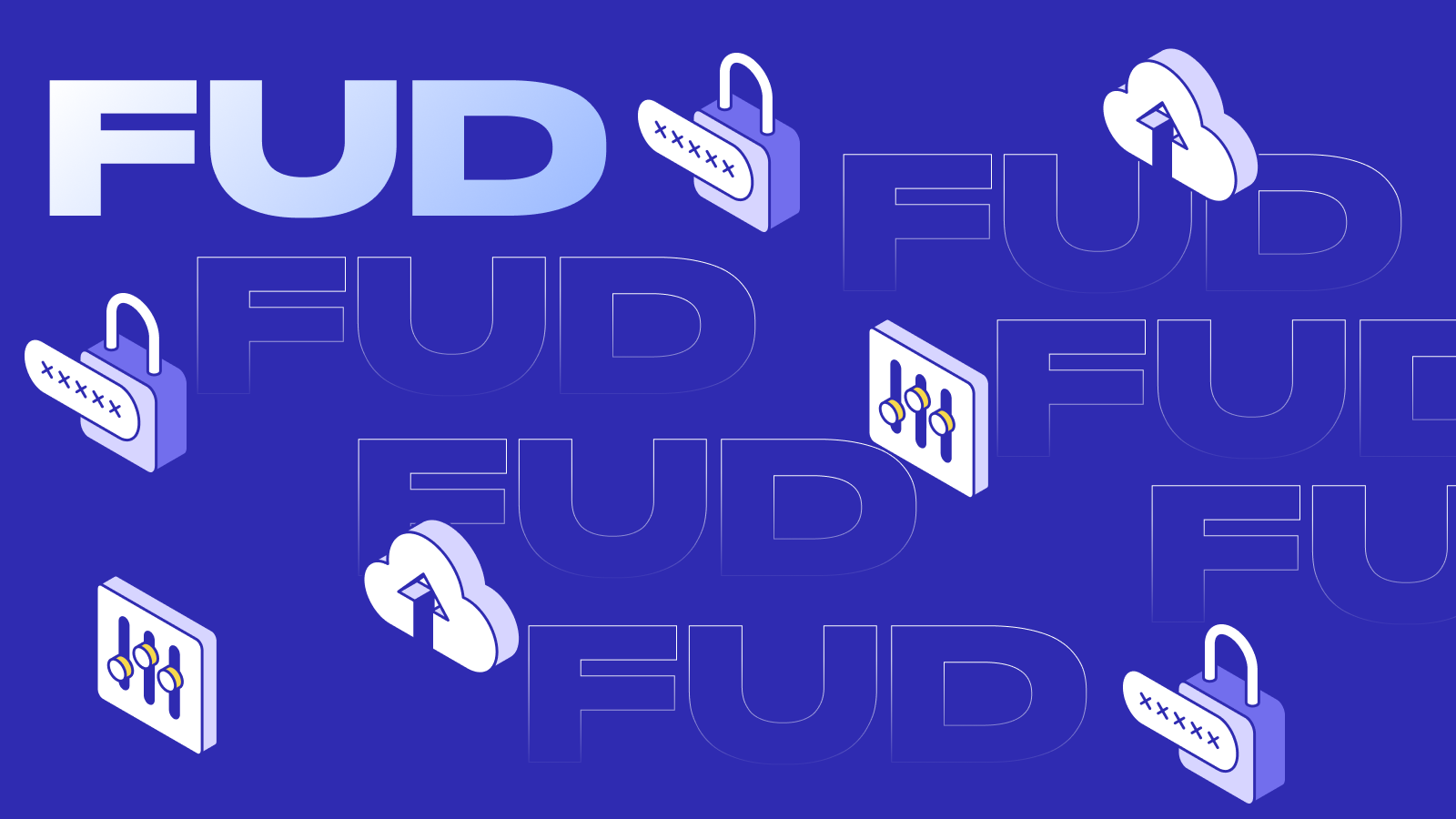Understanding Limit Orders in Cryptocurrency Trading
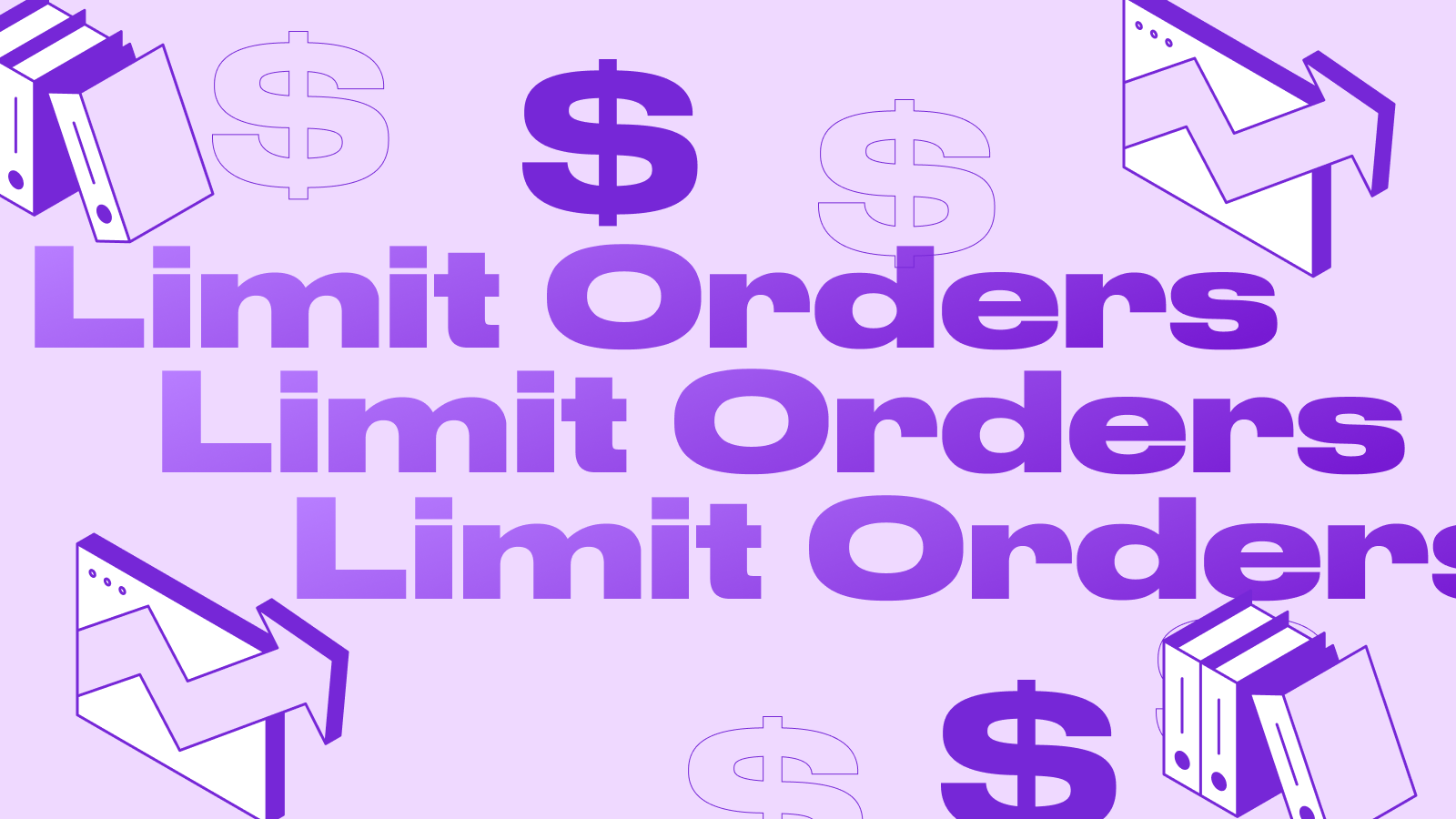
It can be difficult for beginners to understand the society of trading cryptocurrencies, especially if the conversation involves the introduction of various trading orders. Custom trading orders for the sale of cryptocurrencies enable traders to better control their own operations, adapting them to their own strategies, as well as to possible risks. This management is specialized for this purpose, in order to clarify the nature of the trader's user orders, and in addition to provide clear explanations of the different types of orders as well as their functionality. By the end of this note, you will have acquired knowledge that is important for making reasoned trading conclusions. Regardless of whether you want to reduce your own losses or take advantage of market fluctuations, the perception of these orders is important for your trading success.
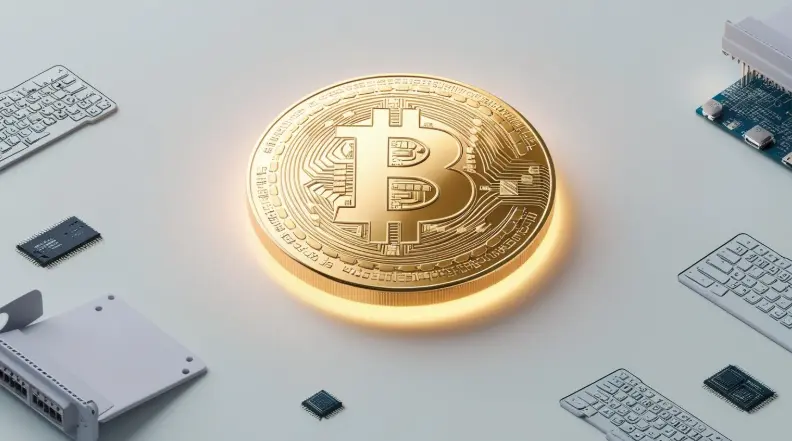
What is Limit Order in Crypto?
In crypto trading, a limit order is an order that allows traders to buy or sell assets at a specific or best value. Unlike bazaar orders, a limit order is not carried out immediately according to the current bazaar value, but is entered at a specific value, and the order is carried out only when the exchange reaches this value. This allows traders to clearly control the value of transactions and also to beware of unprofitable transactions due to doubts about the bazaar value.
How does a limit order work?
A limit order works by defining distinct characteristics with the goal of execution.
Limit price
Limit price is a clear size, which you put in order to activate the trading threshold, as well as it is intended for the order to purchase or sell.
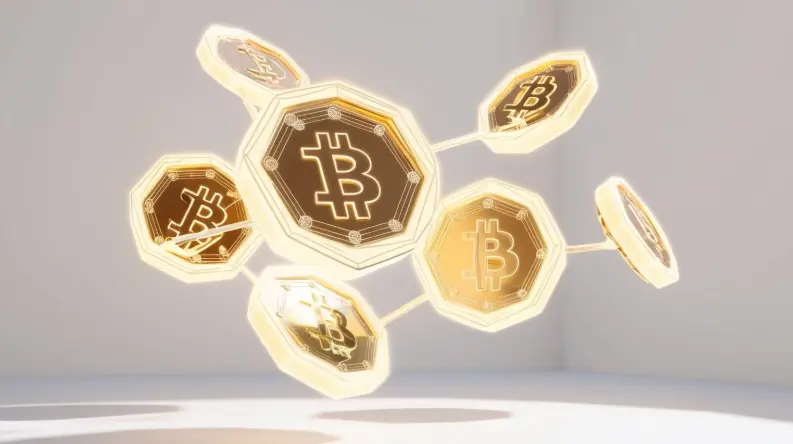
In some cases traders calculate in their own industrial devices, including degrees of assistance as well as counteraction or sliding common, in order to come to the exact limit price. A well-defined limit value will save you from shocks that can provoke your feelings and also force you to make an unnecessary operation, especially in volatile bazaars. This gives you the opportunity to be in line with your strategy, without overpaying or underpaying.
Limit order to buy
A limit buy order allows you to get assets according to a specific value or beyond it. This type of order can be useful for traders who tend to buy at a lower value during short-term price dips in the absence of constant monitoring of the price market.
This approach is especially appropriate in rapidly changing markets, where values change frequently. A buy-limit order can help to trade in advance without feeling the pressure to execute the trade immediately.
Although a buy-limit order can help you avoid buying before a certain value, your order is able to remain idle in case the value does not fall to the set value. Weigh the accuracy as well as the risk of missed opportunities.
Sell Limit Order
A sell limit order ensures that you will only sell assets if someone reaches or slightly exceeds the limit price you specify, which gives you the opportunity to control the period if you wish to acquire income.
This creates this strategy very necessary in the presence of work together with downward risks, as you can realize assets and also exit with a certain view according to the profitable price up to that, as well as the exchange will be negative.
In the presence of this sell-limit orders are more effective in highly liquid markets. In the presence of low liquidity it may take a period of time to fully execute the order, or even at that time your order may be executed only partially.
Risks associated with limit orders
Despite the fact that limit orders have many advantages, there are many dangers that you should be aware of. These dangers are mainly associated with the fact that a limit order is only executed when the limit value you set is reached. Here is an overview of some of the risks:
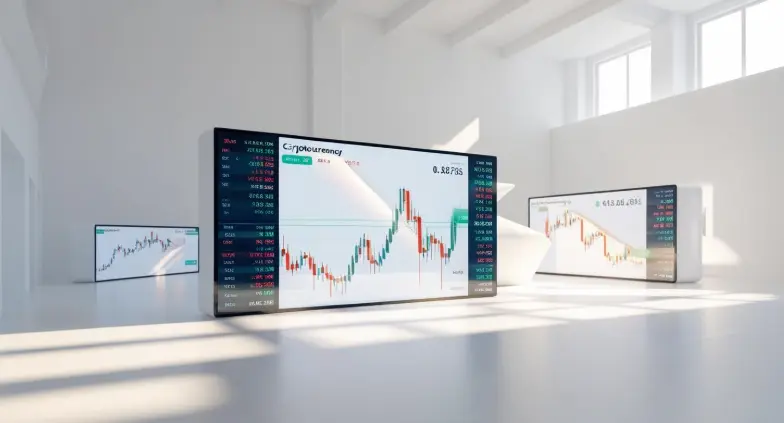
-
Order Failure: One of the biggest disadvantages of a limit order is that it can never be executed. If the exchange does not reach the price you have set, the order remains open and the transaction will not take place. This is able to be particularly unpleasant, in case you hope for the rapid reaction of the market.
-
Missed Opportunities: If the cost or market price moves quickly in the desired direction and also only slightly does not reach your limit price, your order may not be executed. In this case, you can lose sight of the possibility of buying or selling at a favorable price.
-
Price gaps: Especially in unstable markets, the price can change rapidly before reaching your limit price. These so called “gaps” have all chances to cause that your order remains unfinished, in such a case the period as the market will move on.
-
Limited flexibility: Since you have a predetermined value, you may wish to adjust your strategy, but a certain limit value will not allow you to do so. In a rapidly changing trade, this can lead to the fact that you will adjust or hold a position at an unfavorable moment.
Examples of limit orders
Limit orders have all chances to work perfectly for the purpose of different trading strategies and market conditions. A typical example is the use in volatile markets in order to capitalize on price pullbacks (so-called peaks). Together with the help of a limit order in the purchase you can mention that you will buy a share or a significant security only in this case, if the cost will fall down to your confirmed sense. This is especially useful if you speculate in short-term price fluctuations and also want to avoid acquiring a previously desired degree.
Example of a limit order to buy:
Let's assume that the current market price of bitcoin is €62,000. You will be able to set a limit order to buy at €61,500 in order to enter the market at a favorable price in case of a likely drop in value. It is also possible to set a buy order at €63 Five Hundred, in case you wish to enter the market earlier in case the value increases and speculate in the continuation of the rally.
Another common scenario is to sell during a price competition. By applying a limit order to sell, you can ensure that you will only sell if the value reaches or exceeds a certain level. This can help you maximize your income in the absence of the need to regularly monitor the market. As soon as the value reaches your target value, your sell order will be automatically executed.
Example of a limit order to sell:
Let's assume that bitcoin is currently trading at a price of €62,000. You will be able to place a sell order at €63,500 in order to lock in a profit if the direction rises. In such a case, you will be able to place a limit order to sell at the level of €61,500 in order to reduce losses if the direction falls and the price falls beyond this level.
Limit orders are also often used in high-frequency trading strategies, in which a large number of orders are exposed because of a small period of time. Such orders allow you to clearly respond to small fluctuations in value. Limit orders also have all chances to be useful in swing trading strategies, where traders speculate in medium-term value swings. Here, traders can pre-determine target values and automatically control possible gains or losses without the need to constantly monitor the market.
Limit and market orders
If an investor has an order to purchase or sell promotions, there are two main types of execution by price: place the order "by market" or "by limit". Market orders are operations that must be executed as quickly as possible at the current or market price. On the contrary, a limit order determines the highest or minimum price according to which you are ready to buy or sell. Brokers often charge a higher fee due to the execution of a more complex limit order.
The purchase of promotions can be matched together with the purchase of a car. When buying a car, you will be able to pay the estimated cost to the dealer and also get a car, and you will be able to negotiate the cost and also withdraw from the transaction if the dealer does not satisfy your price. The stock market can be imagined as operating in a similar way.
A market order deals with the execution of an order; the value of a significant security is secondary in relation to the speed of completion of the transaction. Limit orders have a problem primarily along with the price; if the value of a significant security at that moment is outside the parameters set in the limit order, the operation will not take place in any way.
Conclusion
Limit orders are considered an important tool in crypto trading, especially for those who specifically want to make transactions according to certain or more interesting prices. They provide greater control over value, reduce the risk of slippage, and help traders use their abilities in volatile markets. Despite the fact that limit orders have their own drawbacks, coupled with the uncertainty of execution and the possible prospect of missing opportunities, they guarantee significant elasticity as well as security, especially for traders who have the exact cost of purchase or sale. The perception of this, as well as the correct use of limit orders, can help you manage your trades better and improve investment efficiency.
FAQ
Which one is better: a commercial order or a limit order?
Your trading task will determine your selection among the market and limit orders. Market orders are executed instantly at the current price, in which case the period as well as limit orders have more significant control over the value. However, they have every chance of not being executed instantly.
How to purchase cryptocurrency together using a limit order?
If you place a limit order, you are told how much cryptocurrency you want to buy or sell, as well as according to a particular price. Then the order is sent to the order book, which will be completed as soon as the market price reaches the specified price.
What is the downside of the market order?
Market orders mean that an asset is bought and also sold according to the market price, in this case it is available at the current value. In this case, one of the biggest shortcomings of market orders is that you cannot specify the transaction price.
Are there any fees due to limit orders?
Since limit orders are the most difficult, they have every chance of having the highest commissions, and besides, they are more expensive than market orders.
Will you be able to sell cryptocurrencies as well as a limit order?
Yes, traders have every chance to sell cryptocurrencies as well as a limit order. This allows traders to sell cryptocurrencies according to the specified market price or better.
Want to learn more about crypto arbitrage?
Get a subscription and access the best tool on the market for arbitrage on Spot, Futures, CEX, and DEX exchanges.




